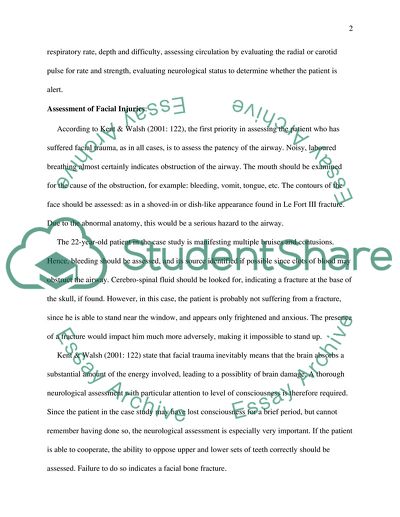Cite this document
(“Emergency Nursing Essay Example | Topics and Well Written Essays - 2500 words”, n.d.)
Emergency Nursing Essay Example | Topics and Well Written Essays - 2500 words. Retrieved from https://studentshare.org/nursing/1541219-emergency-nursing
Emergency Nursing Essay Example | Topics and Well Written Essays - 2500 words. Retrieved from https://studentshare.org/nursing/1541219-emergency-nursing
(Emergency Nursing Essay Example | Topics and Well Written Essays - 2500 Words)
Emergency Nursing Essay Example | Topics and Well Written Essays - 2500 Words. https://studentshare.org/nursing/1541219-emergency-nursing.
Emergency Nursing Essay Example | Topics and Well Written Essays - 2500 Words. https://studentshare.org/nursing/1541219-emergency-nursing.
“Emergency Nursing Essay Example | Topics and Well Written Essays - 2500 Words”, n.d. https://studentshare.org/nursing/1541219-emergency-nursing.


